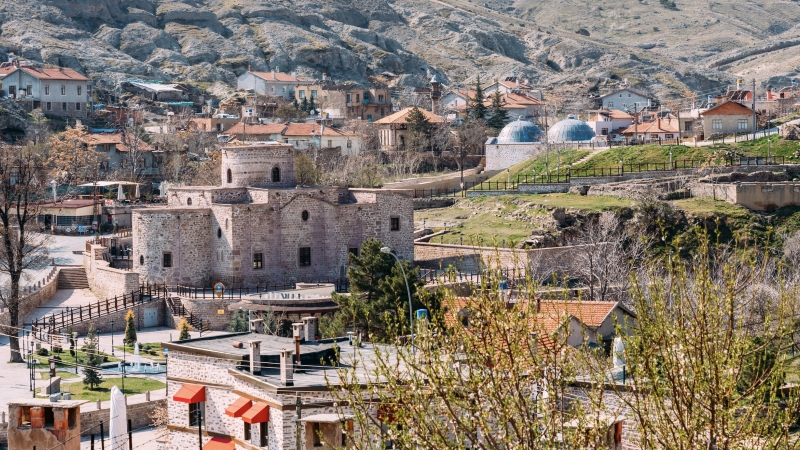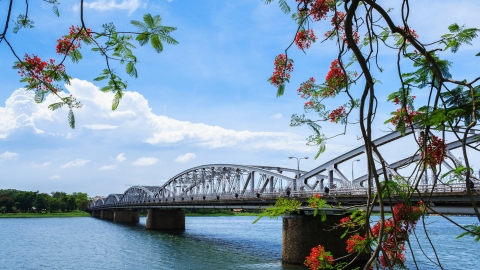Located not too far from the capital Amsterdam, Zaanse Schans village is almost the number one choice for tourists looking for a quiet place to escape the hustle and bustle of the city, as well as learn more about the traditional values and colorful culture in the Netherlands.

The village that "carries" wind in the Netherlands
Due to its low terrain, the Netherlands has faced the risk of flooding due to rising sea levels throughout its history. To combat flooding, the Dutch have built irrigation systems such as sea dykes, pumping stations, etc. In which, windmills play an important role in turning water into rivers and seas.

Zaanse Schans is a cultural complex that includes many ancient windmills and museums that preserve traditional Dutch cultural features.
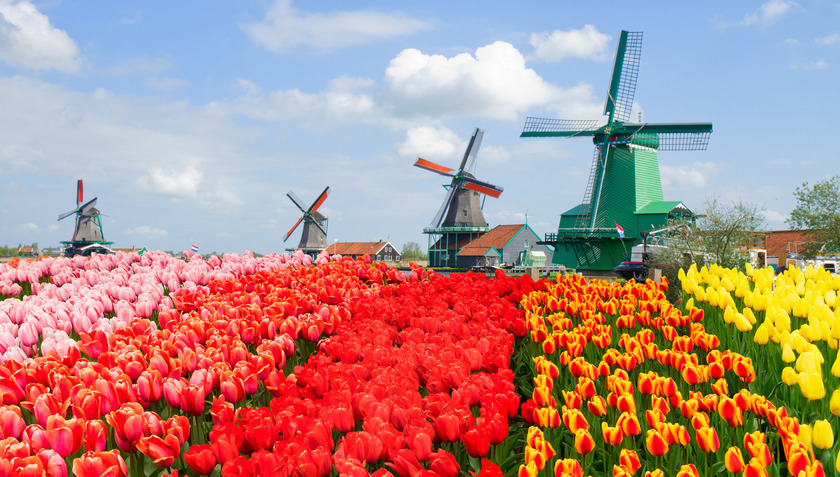
The name of the village comes from the governor Diederil Sonoy under Guillaume d'Orange, who built the village to serve the war against Spain. Later, between 1961 and 1974, many houses were renovated, including the windmills, to serve as attractions for domestic and foreign tourists.
The rural scenery of Zaanse Schans has captivated many visitors. The village has trails full of wildflowers, wooden bridges spanning the river, and here and there are the typical green old houses of the local people. On the vast green pastures are herds of cows and sheep grazing leisurely.
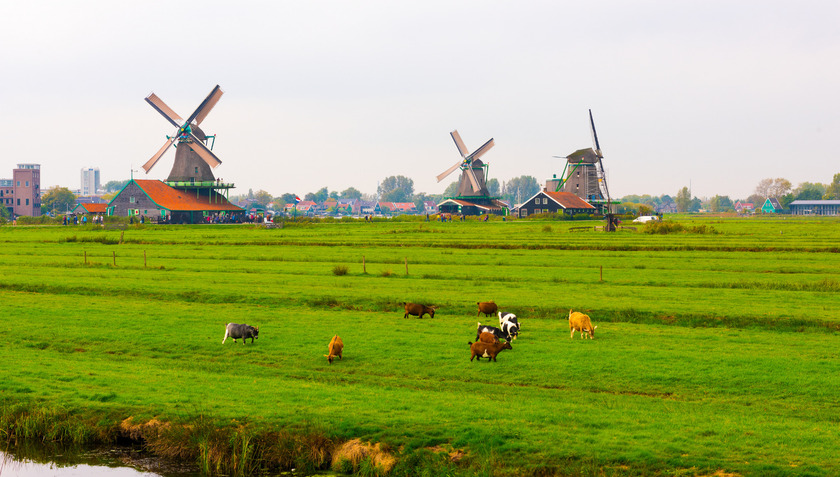
The fairytale beauty of the Netherlands in the windmill village of Zaanse Schans
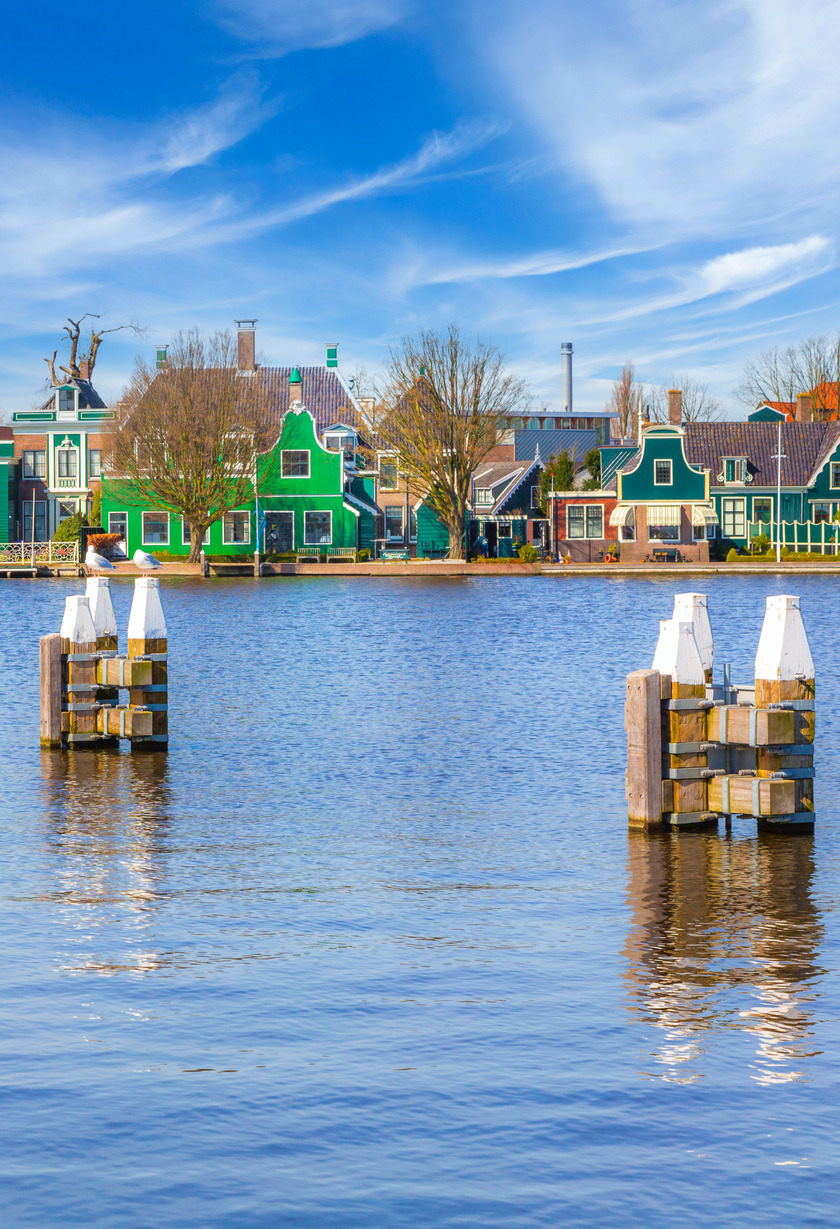
Nestled on the banks of the Zaan River, the village preserves the ancient windmills that can be seen from afar. Currently, the village has a total of 13 windmills, 6 of which are ancient windmills located along the banks of the Zaan River. On average, the windmills rotate once every 16 seconds, but when the wind is strong, it only takes 10 seconds.
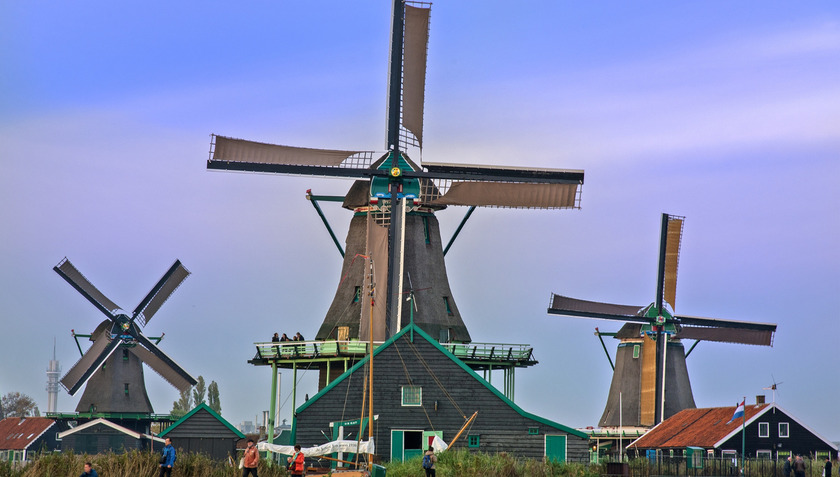
The village scene is typical of what tourists imagine about the Netherlands with windmills, dairy cows and farms.
The windmills are over 300 years old, built in the 17th and 18th centuries. In addition, there are also sawmills, oil mills... Therefore, Zaanse Schans is also considered one of the most attractive tourist destinations in the Netherlands with the typical architecture of the "Tulip country".

The peaceful village seems to have appeared from a fairy tale with the windmills that are the symbol of this country.
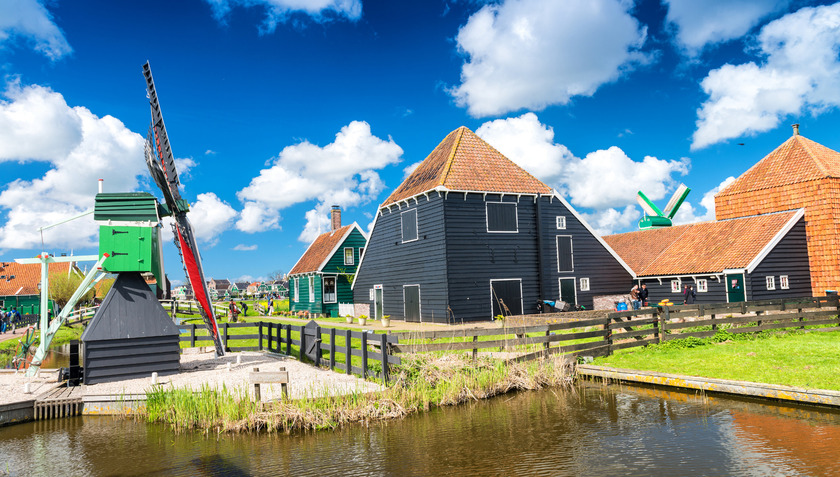
In this windmill village, visitors can visit the inside of De Kat - the only mill that has been operating since the early 1900s, a replica of the wood-cut windmill Het Jonge Schaap built in 2005 (the original, built in 1680, was destroyed in 1942).
Zaanse Schans is also charming because of its charming natural landscape typical of the Netherlands. The village has trails full of wildflowers, canals and small bridges spanning the river. In the distance, on the vast grasslands, herds of cows and sheep leisurely graze. This visual gift can only be fully appreciated when walking or cycling.
The traditional green houses with white window frames, like oases, are also incredibly beautiful. Few people know that this paint color helps increase the resilience of the home over time.

Visit a wooden clog factory in the ancient village of Zaanse Schans
Visiting Zaanse Schans village, walking along the Zaan river, visitors will come to the traditional wooden clog production area of the Netherlands. Impressed by the massive wooden clogs placed right at the entrance, the deeper you go into the exhibition area, the more satisfied you will be with the colorful "clogs" with elaborate carvings. This is probably the only place to see the classic roller skating "clogs" of the 70s.

Wooden clogs, the pride of the Netherlands
Wooden clogs are considered one of the symbols of the Netherlands, along with the traditional costume of multi-layered skirts or wide-legged pants. The Netherlands is a country below sea level, with cold winters and high humidity. In the past, farmers could not afford cloth shoes, so they came up with the idea of widening a piece of wood, creating a sturdy clog with a pointed toe like the bow of a boat.

Wooden shoes were invented in the Netherlands in the 1570s. Initially, shoes were handmade from wood from trees such as willow, ash, etc. and were very popular.
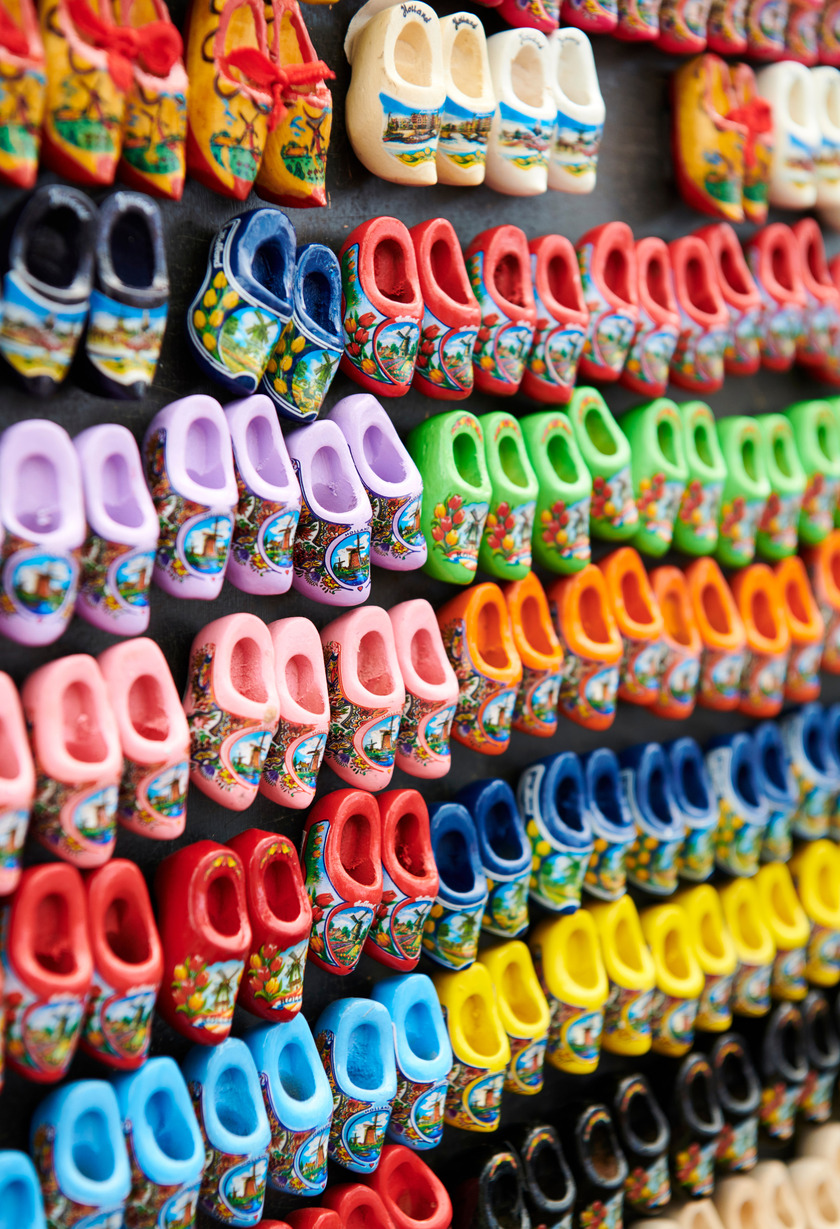
Wooden shoes have a history of over 700 years and are part of traditional Dutch clothing.
The wood chosen for making clogs is usually poplar, willow or ash. Adding straw to the inside of the clogs will help keep the feet both soft and warm. In many Dutch peasant families today, there are still wooden clog racks outside the door. Although the shoe industry in the Netherlands has developed, many farmers and fishermen still keep the habit of wearing wooden clogs.
The small wooden clog museum in the village of Zaanse Schans has a very unique collection of wooden clogs with all kinds of styles and colors displayed from the door to the inside of the museum. Here, craftsmen will directly make wooden clogs for visitors to admire. Wooden clogs are initially left raw, then painted, drawn or engraved to increase their aesthetic value. The carved clogs have become an ancient Dutch custom when chosen by the groom as a gift for the bride.

Wooden shoes represent Dutch ingenuity, a trait that has given birth to many miracles in this country.
The village is free to enter but the places in the village may cost a fee and a one-day ticket is 23.5 euros including: Inside the windmill, Zaanse Museum, wooden shoe factory, cheese factory, Verkade biscuit and chocolate factory, pewter foundry... You need to be careful to behave properly, keep order, do not take photos or film in places with prohibited signs or without asking permission from the people or authorities.
It seems like there is a miniature Netherlands in Zaanse Schans. The village is a convergence of national symbols of tradition, culture and craftsmanship. If you come in the right season, you can also smell the scent of cocoa from the fields floating in the wind. Many households make chocolate from pure cocoa, allowing visitors to experience making their own drinks. Zaanse Schans is truly an interesting stopover on a trip to the Netherlands.







